In a world obsessed with top 10 lists, we present an anti list. Meet the chefs flying under the radar, cooking authentic, memorable meals
In a world obsessed with top 10 lists, we present an anti list. Meet the chefs flying under the radar, cooking authentic, memorable meals
A list maybe worth its expensive newsprint, and the rarer attention of its readers, for very few good reasons: as an assessment of merit by a (credible) critic. Or, as advice to readers, helping them make buying decisions — best colleges, best cars — backed by market research. Or, peer opinion, polled judiciously, with checks and balances, but importantly au courant.
In India, food awards/lists usually don’t have resonance with a larger public because they fail to spot change and change-makers early enough, and function as recommendations to the public instead of branding champions for whoever they are anointing. When was the last time you ate at a restaurant because its chef won an award?
In 2022, young chefs and taste makers are clamouring for change in the way restaurants work: many have braved job or personal loss, some have moved to smaller cities or home towns, many are rethinking how they’d like to live and, yes, cook more authentically.
The audience has changed, too. Diners are looking for more depth, uniqueness, quality and wellness in their platters. What are the trends and who are the tastemakers for circa 2022?
Exit, the coffee shop
Chefs desirous of opening commercially successful restaurants often relied on the same ‘coffee shop’ formula: Indian-Chinese-Continental-bar to cater to a mass audience. But, now, some chefs are throwing away the cookie cutter. A big trend post pandemic is the rise of small, individualistic spaces, trying to transform the personal — the chef’s life experiences, upbringing, travel — into the universal.
At the Bangalore International Centre, Navu Project has chef Pallavi Mithika Menon serve “bistro food, as it should be”. Ingredients are cleanly grown and procured directly from producers, everything is made from the scratch (including charcuterie), and flavours are inspired by Menon’s multicultural upbringing (“I had four grandparents from four different parts of the country…”) and time in Italy, where she worked with Slow Food International.
Menon took over the kitchen of the Centre in 2020, at a time when she “had had enough”, as she says, of commercial restaurants, despite working in some of the best — Zodiac Grill in Mumbai, AD Singh’s Ek Baar, Abhijeet Saha’s Caperberry and Fava (where she was head chef) — since 2004, with a break to do masters in human ecology and sustainability from the University of Gastronomic Sciences in Bra, Piedmonte. She then worked with Slow Food International for two years, trying to establish a network of young chefs and agri producers in India in 2014-15, being an early champion of farm to fork food. (It was only a year later that Masque, headed by Prateek Sadhu, would come up and become the most successful champion of this way of eating out).

Chef Niyati Rao
At Navu, Menon’s food is hearty-yet-sophisticated options as tuna and beef bresaola, smoked mackerel on toast, cauliflower and leek crème brulee, celeriac pasta, oxtail puttanesca and more. She also runs a profitable catering company. “We don’t need to pander to the audience, in fact, now, the audience panders to us, sometimes,” she says.
In Mumbai, Chef Niyati Rao’s approach seems fairly similar. Ekaa, her restaurant, is pegged as ingredient-forward, plating up unusual offerings such as sea urchin (when she can find these) harvested in South India as well as seasonal and easily available but undervalued produce such as mogri (radish pods).
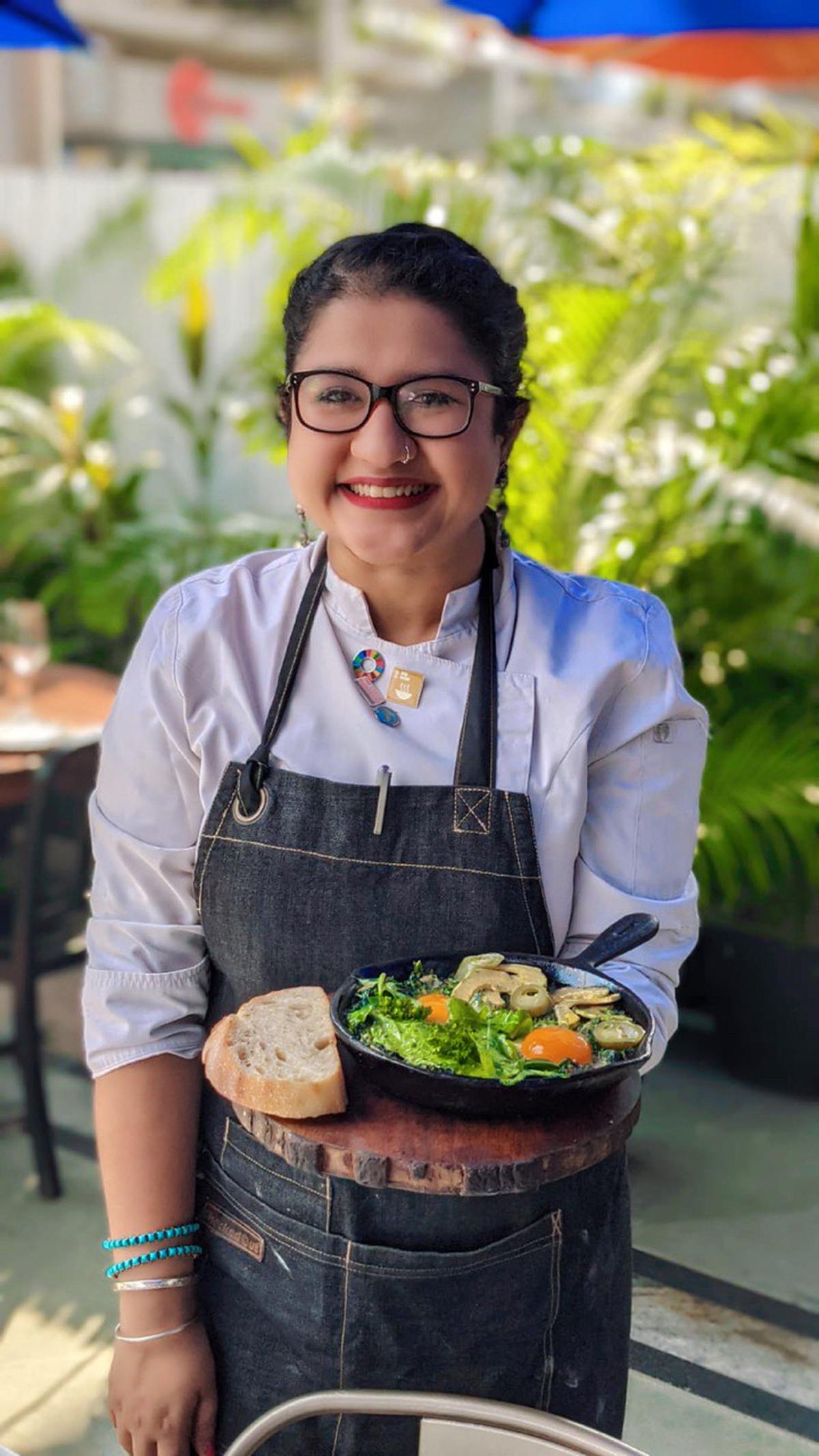
Chef Megha Kohli
For Chef Megha Kohli in Delhi, the pandemic brought on depression and loss, which she has been coping with via professional help but also via her food, documenting the journey on Instagram. After a year of taking cooking classes, she is now head chef at the Wine Company in Gurugram, bringing fresh Mediterranean flavours that taste distinctly homely.
In Goa, weddings entrepreneur and San Francisco girl Ginny Kohli, who moved to Goa during the pandemic, brings a bit of that laissez-faire lifestyle to Assagaon with a café called, well, Neighbours, centred around excellent bread. Toast with imaginative toppings, gourmet burgers, single estate coffee, kombucha cocktails, Goan live band and local community participation make this very different from Delhi-Mumbai’s swish brands headed to the state.

Ginny Kohli
The obvious A list
Megu, the Japanese restaurant at the Leela Palace New Delhi, made an appearance on Asia’s 50 Best list on the 49th spot this year: remarkable because it competed against Japanese restaurants from Japan. Young chef Shubham Thakur, who took over operations in 2021, in the middle of the pandemic, rapidly turned around the menu and fortunes, just as the marquee restaurant had begun a slide to Indianisation.
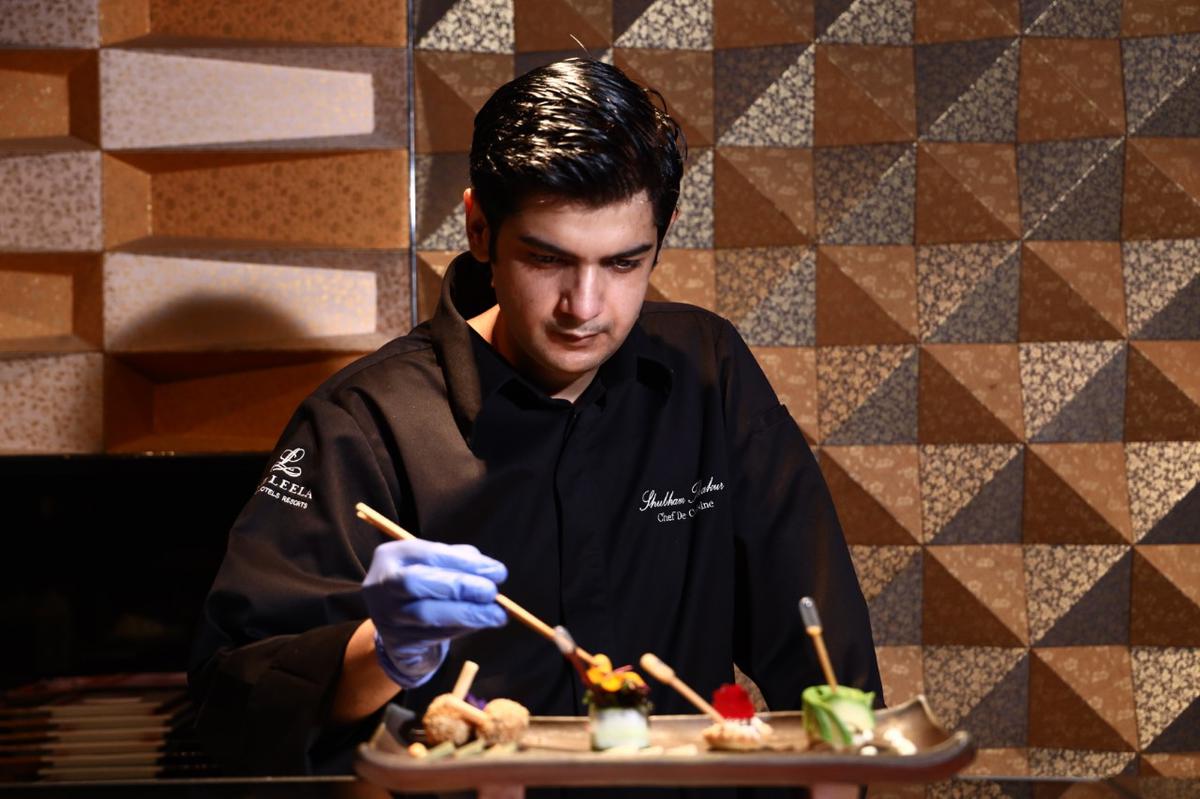
Chef Shubham Thakur
As loyalists started coming back for Thakur’s first rate omakase — skilful and fresh sashimi, tempura — carefully classical, they also noticed the grilled sea bass, which is brined, grilled, then charred in hooba leaf with a few drops of miso added to the skin.
Thakur, who learnt the cuisine from Megu’s opening team at the beginning of his career, spent time at Wasabi, and then at The Lodhi where he was supposed to open a new restaurant before the pandemic upended plans. He luckily found a place back at his alma mater and has made the most of it. Yet, we hardly see him on national lists.
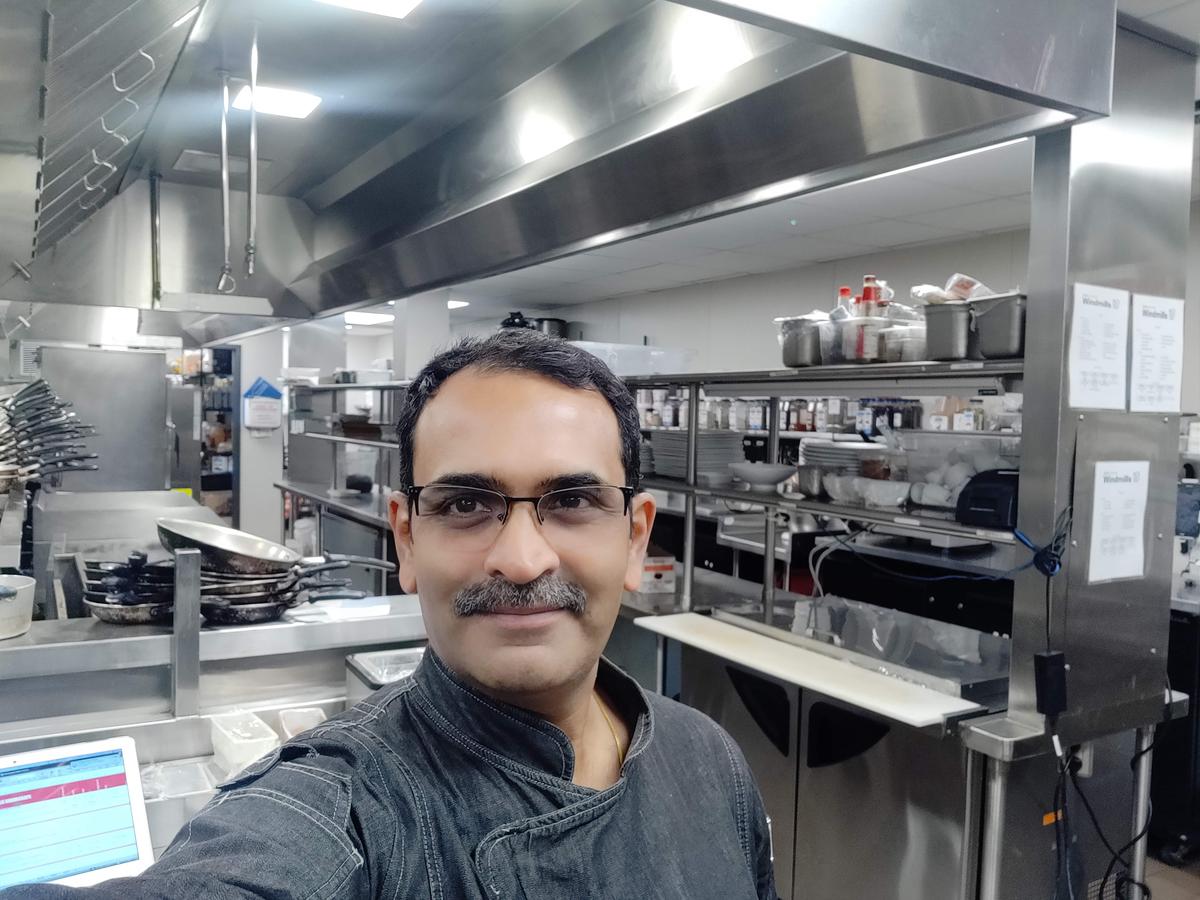
Chef Mandaar Sukhtankar
Similarly, Oota, in Whitefield, Bengaluru, is overwhelmingly preferred by local “foodies” and visitors for a “real” taste of Karnataka. It offers around 80 dishes from different regions and communities, and so intensive is the research, that you can see how even something like Mangalorean food is broken down according to the micro region’s communities — dishes from the Catholic, Byari Muslim, Saraswats, Bunts and other communities. There is attention to detail, whether in the Malnad biryani, kaima unde-sauji style meatballs from south Karnataka, or coastal dishes that uses only kari uppu (black sea salt).

Sahil Mehta
It took a team of chefs and researchers three years to visit different communities in different regions in different seasons to collect 300-400 recipes, and then pare these down to 100 for the restaurant. Yet, for all this depth that makes it perhaps the best researched Indian restaurant in India, Oota and its chef Mandaar Sukhtankar are not on most lists.
If you are looking for amazing meals, there is so much happening under the radar (relatively speaking). Prashant Issar of Ishaara, Mumbai has been growing through the pandemic and is adding outlets in Pune and Bengaluru.
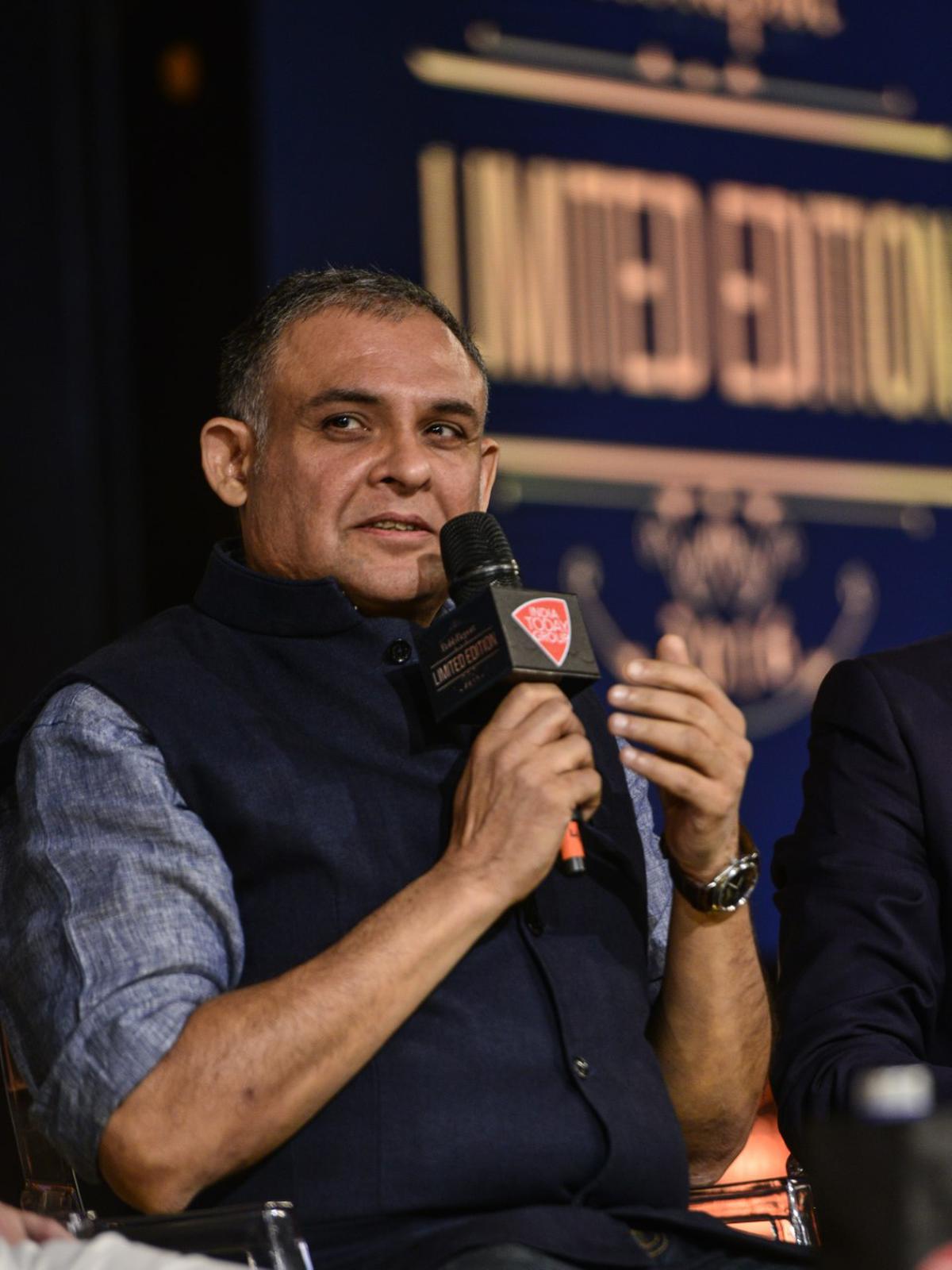
Marut Sikka
Sahil Mehta, who kickstarted Parisian style bakeries in India with La Opera and runs Delhi’s hidden gem Paris My Love, has been spreading the culture and craft in small towns of Rajasthan and Punjab, where old bakeries aspire to makeovers with better ingredients and techniques.
Marut Sikka, India’s most in demand caterer (and restaurateur), whose biryani and salan were fed to Pervez Musharaf in aid of peace talks at Agra aeons ago, lately catered at wedding of the year — Alia Bhatt’s and Ranbir Kapoor’s. If abetting culinary culture is a criterion, all these are hidden in plain sight.
Regional Renaissance
In a fractured world, people often try to revisit and reimagine the past. That is what we are seeing in the world of food, as chefs and diners alike embark on explorations of their roots.
Azmat Ali Mir
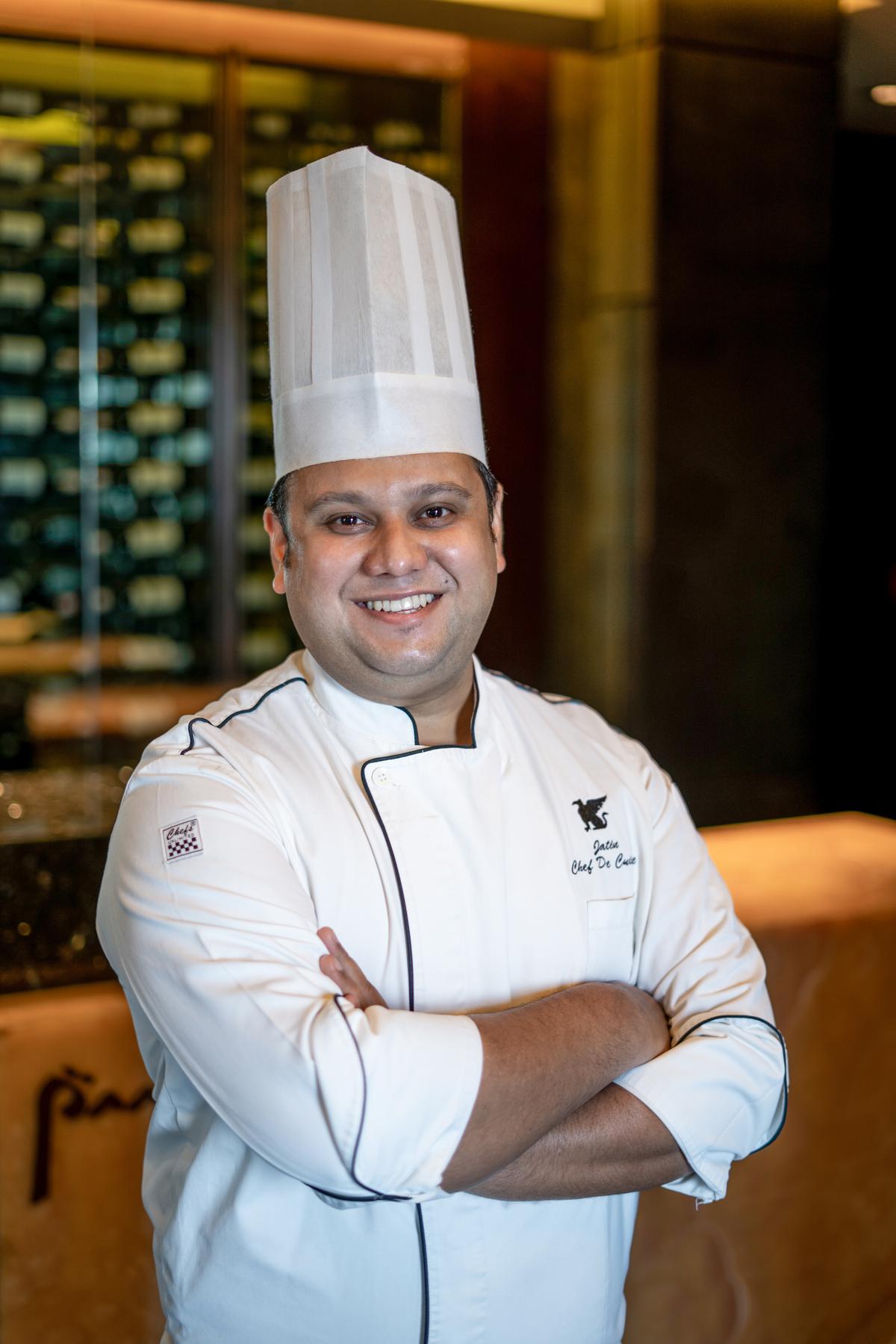
chef Jatin Gautam
In Bengaluru, Sarposh, a new Kashmiri restaurant by Azmat Ali Mir, a computer science engineer-turned-cultural entrepreneur who seeks to bring Kashmiri culture and stories to Bangalore, is finding acclaim with authentic wazwan, homestyle dishes, breads and the best tabak maaz outside the Valley.

chef Amol Welling
In Pune, chef Jatin Gautam, is deep diving into culinary cultures of Avadh and undivided Punjab at Paasha, JW Marriott. His kunna gosht, a traditional nihari-like recipe from Chiniot, a small town near Faisalabad in Pakistan, where mutton is slowly braised in a clay pot for six to eight hours, is done with a finesse that would give a 19th century rakabdar (master chef) competition.
In Mumbai, profitable delivery and catering businesses that came up during the pandemic, offer food not done by any restaurant. Diners, bored of fusion, are gravitating to them. For example, the Saraswat food of chef Amol Welling (@culinarykitchen_in), who also does Kokanastha Brahmin, Konkani and other Maharashtrian cuisines is a hit.
Chiquita Gulati
In Delhi, Chiquita Gulati, a Gujarati married to a Punjabi (her restaurateur husband belongs to Pandara Road’s first family, the Gulatis, of the eponymous restaurant, one of India’s first post Partition eateries), influenced by a Maharashtrian aunt and trained at Les Roche, Bluche, one of the world’s leading hospitality schools, serves a heritage recipe of CKP prawn pulao (of the community from Pune) with as much ease as an old Delhi-style seekh kebab. Her tasting menu at the small 20 seater restaurant, Spice Market, she and her husband run is full of such gems.
Shillong’s You & I Arts Café by Wanphai Nongrum is a must visit for any one looking to deep dive into Khasi culture. More than 100 teas (including 5 local infusions), food like red potatoes and other snacks made with ingredients sourced directly from local farms come out of a traditional tribal kitchen.

Wanphai Nongrum
In Chennai, chef Karthikeyan, who worked with several Michelin star chefs in Paris, and returned home to focus on cookies, has found fresh opportunity through the pandemic. His “celebration” cookies, put together with quality ingredients and careful technique, are ideal for home entertainment. He ships them all across the country now, and is representative of a new group of accomplished chefs who have returned home to set up niche businesses.

chef Karthikeyan
Audiences are willing to pay for this creativity not available in regular food retail. And that’s why these are stories worth telling — and well listing!
























